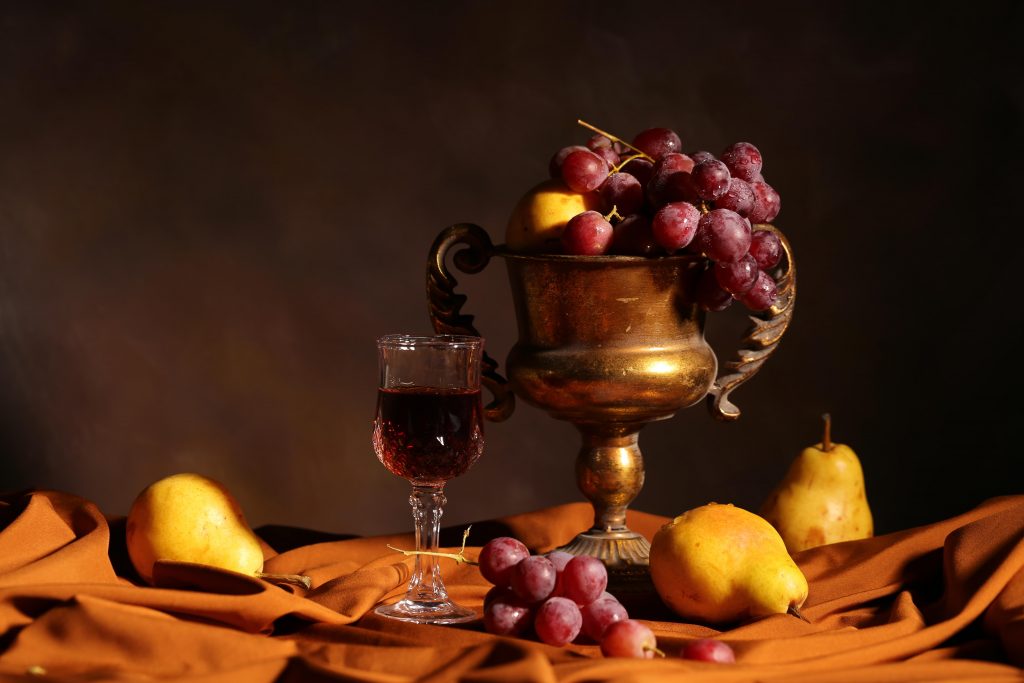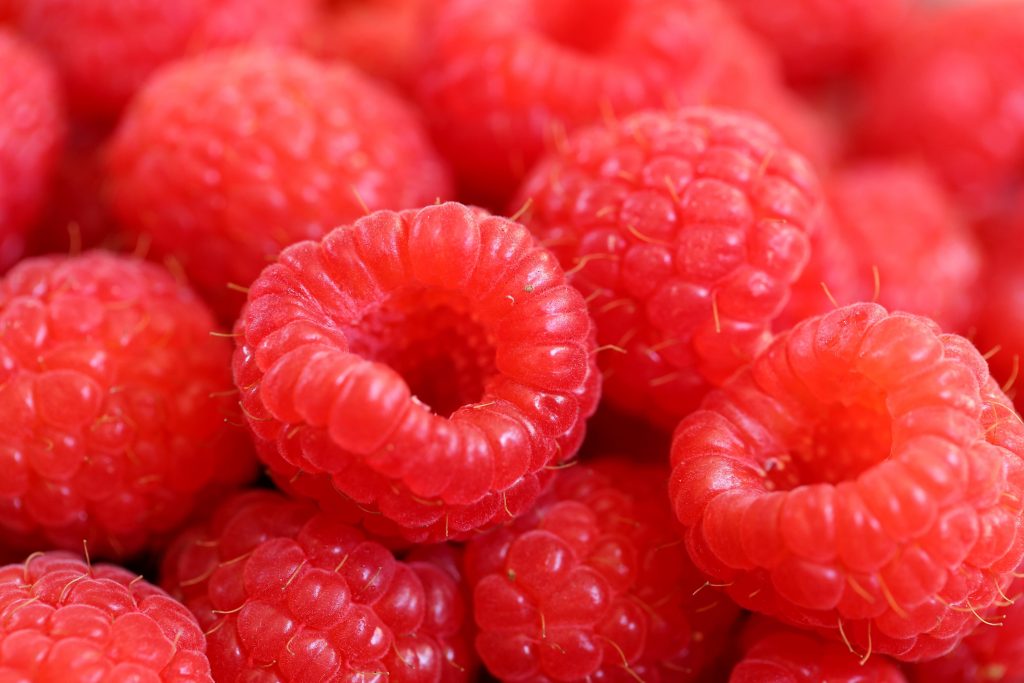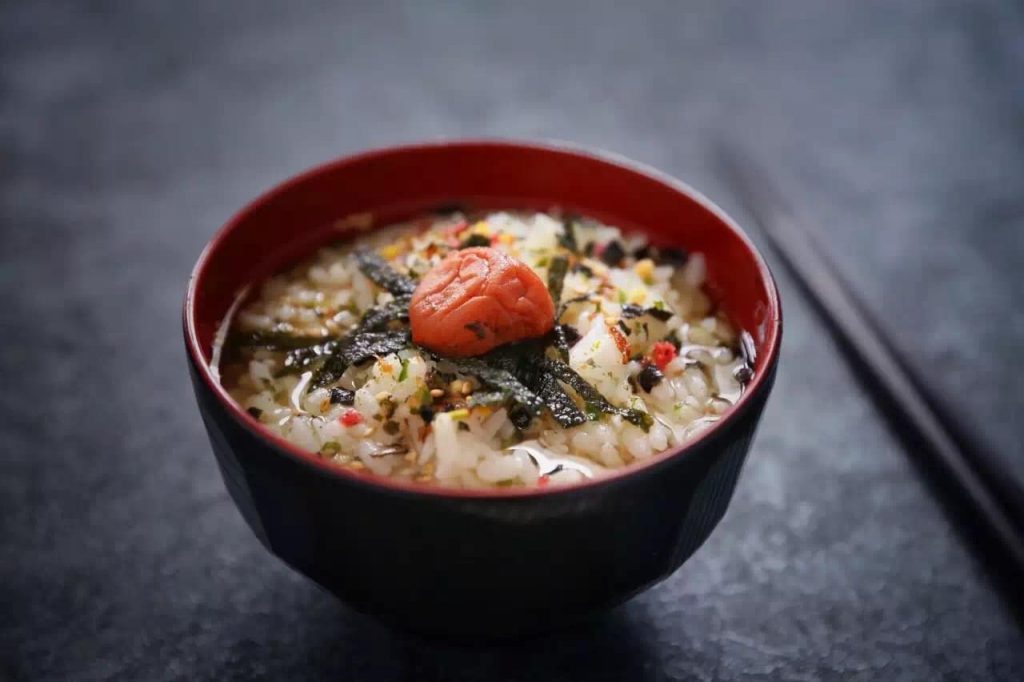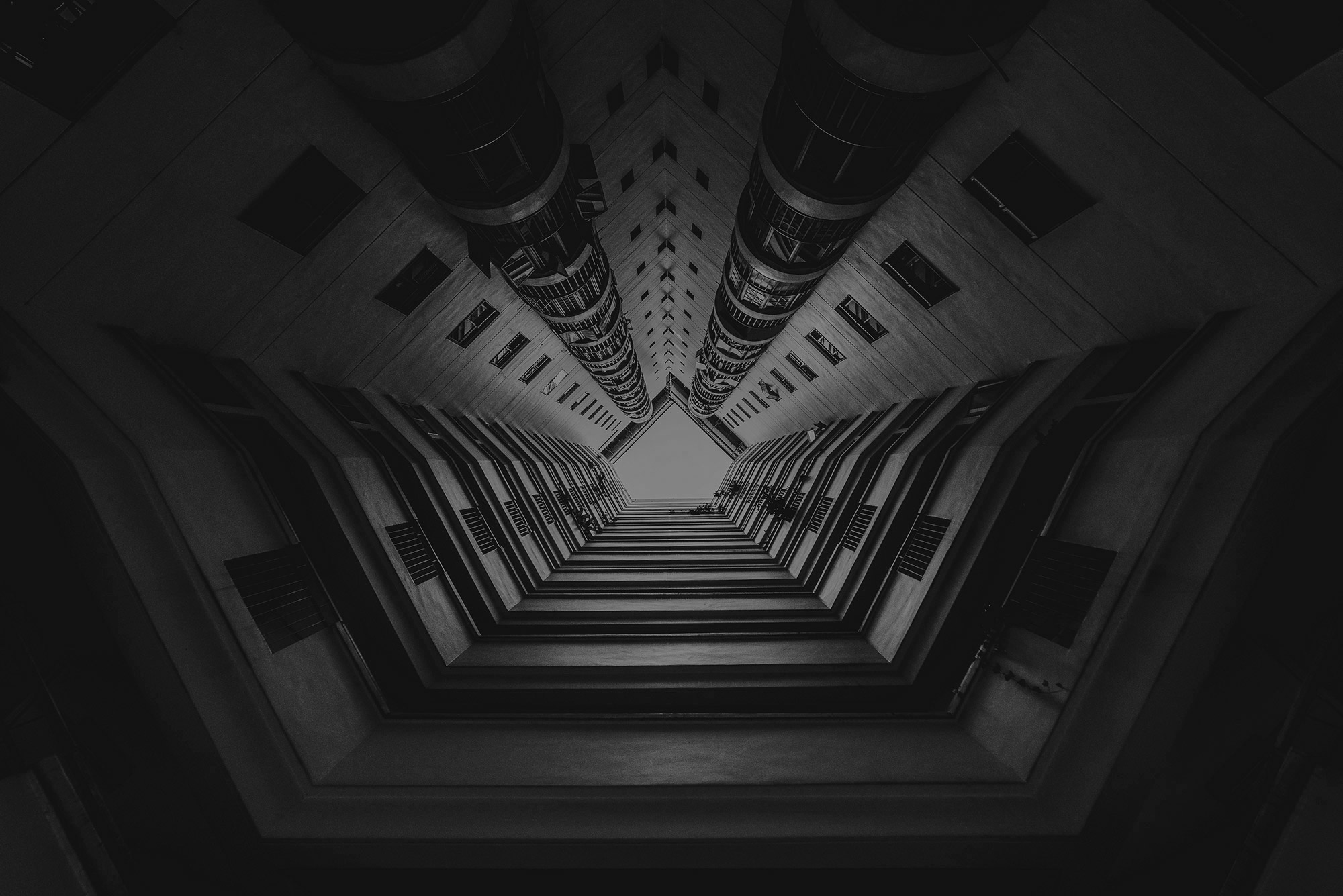Natural light holds the key to unlocking the full potential of your food photography. The way sunlight caresses the curves of a perfectly plated dish can elevate it from mere sustenance to a work of art. In this article, we’ll explore how harnessing the power of natural light can transform your food photography, leaving viewers hungry for more.
- Choosing the Right Setup: Positioning your setup near a window or shooting outdoors can provide ample natural light for your photos. Look for soft, diffused light to avoid harsh shadows and overexposure.
- Timing is Everything: Experiment with different times of the day to find the perfect balance of light and shadow. The warm glow of golden hour can add a magical touch to your photos, while soft, diffused light on cloudy days creates a flattering softness.
- Controlling Harsh Light: Sometimes, direct sunlight can be too harsh for food photography. Use diffusers or sheer curtains to soften the light and create a more flattering effect. Reflectors can also be used to bounce light back onto your subject and fill in shadows.
- Embracing Shadows: Don’t be afraid to embrace shadows in your photos. They can add depth and dimension to your images, creating a sense of mood and atmosphere.
Example: Consider this example of a beautifully plated salad bathed in soft, diffused light from a nearby window. The gentle shadows add depth to the image, highlighting the textures of the fresh greens and vibrant vegetables.





